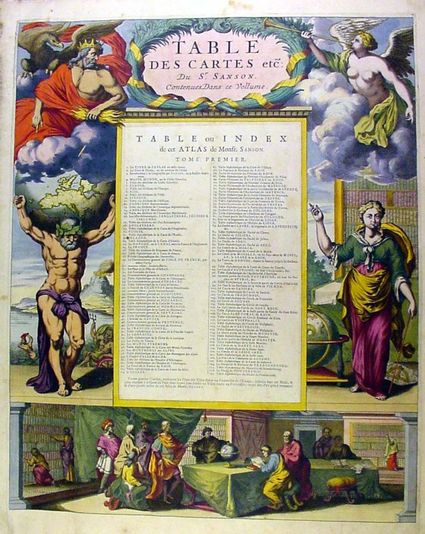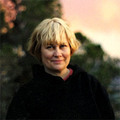Connecting Cultures Through Books!
The presence of three books in the new Connecting Cultures installation gives me a welcome opportunity to talk about these key works that are in the Library collection. This is the first of a series of blogs that will discuss the books on view as well as other ways information has been culled from the Libraries and Archives to enhance this installation.
Art books have an advantage over other books since they offer many components that have an intrinsic quality. Hand colored images, good paper quality, innovative typography, overall design, types of binding—these are all elements that make art books a physical experience ranging from touching, holding, reading, smelling and of course understanding the message that the author intends. We are very fortunate to have many wonderful examples of the art book in the Museum Libraries and to have the opportunity to showcase some of these in exhibitions both held inside and outside the Museum walls.
Three great examples of the art book—ranging in dates from 1692 to 2011—are on view in Connecting Cultures and they each offer an opportunity for us to think about what the physical book offers in terms of textual and visual information (credible or not). Let’s start in 1692 with the Atlas nouveau : contenant toutes les parties du monde … (Paris: Chez Hubert Iaillot …,1692).

Atlas nouveau : contenant toutes les parties du monde ou sont exactement remarquès les empires, monarchies, royaumes, estats, republiques & peuples qui sy trouuent á present.
Known as the father of French cartography, Nicolas Sanson (1600-1667), was the patriarch of a famous mapmaking family who dominated map publishing in the seventeenth century. Hubert Jaillot, another most important French cartographer had a partnership with the Sanson family and re-published and re-engraved many of their maps. This rare atlas had been in the collection of the Brooklyn Apprentices’ Library Association founded in 1823 and the first free and circulating library in Brooklyn. The Library was the nucleus of the Brooklyn Museum and this book is an excellent example of the original institutional vision as it documents a need to know about the world and the desire to share information. This book documents a view of the world in 1692 through French eyes and is a powerful example of how information has been created and circulated over time.

Sanson map is used as background imagery on one of the walls in Connecting Cultures.
In addition to being on view in a specially designed low light case, one of the maps has been reproduced on the gallery wall. This is one of many examples of how the Libraries and Archives add to the life of exhibitions here at the Brooklyn Museum!

Deirdre Lawrence has been the Principal Librarian at the Brooklyn Museum since late 1983. Before coming to the Brooklyn Museum, she was Associate Librarian at the Museum of Fine Arts in Boston. She received her M. L. S. from Pratt Institute in 1979 and has studied art history on the graduate level. At the Brooklyn Museum she has established the Museum Archives and implemented many projects to preserve and make accessible the research collections. Deirdre has overseen a major renovation project, implementation of an online catalog and several collaborative projects with other libraries. She has written articles on the collections and lectured frequently on the research collections held in the Libraries and Archives as well as Brooklyn Museum history. Deirdre has curated several exhibitions at the Brooklyn Museum and elsewhere. She is a visiting professor at Pratt’s School of Information and Library Science and serves as a board member at the Center for Book Arts in New York.
